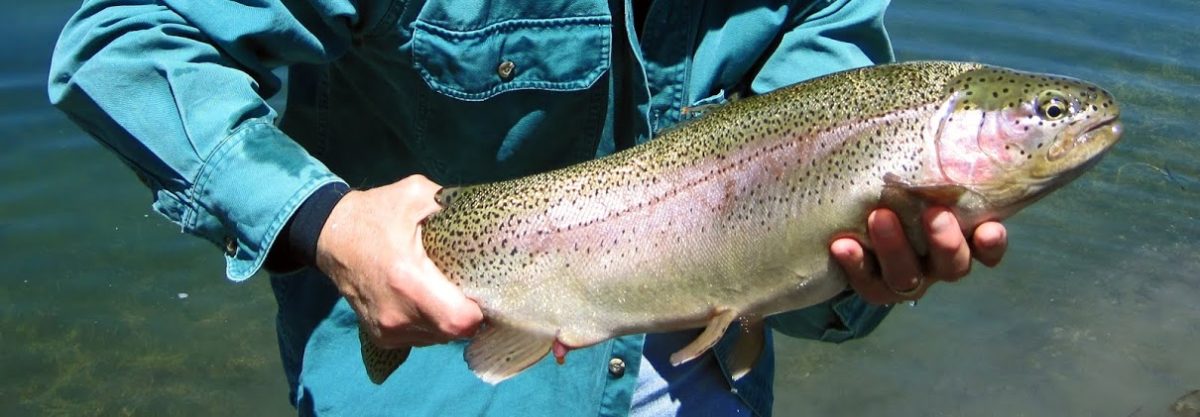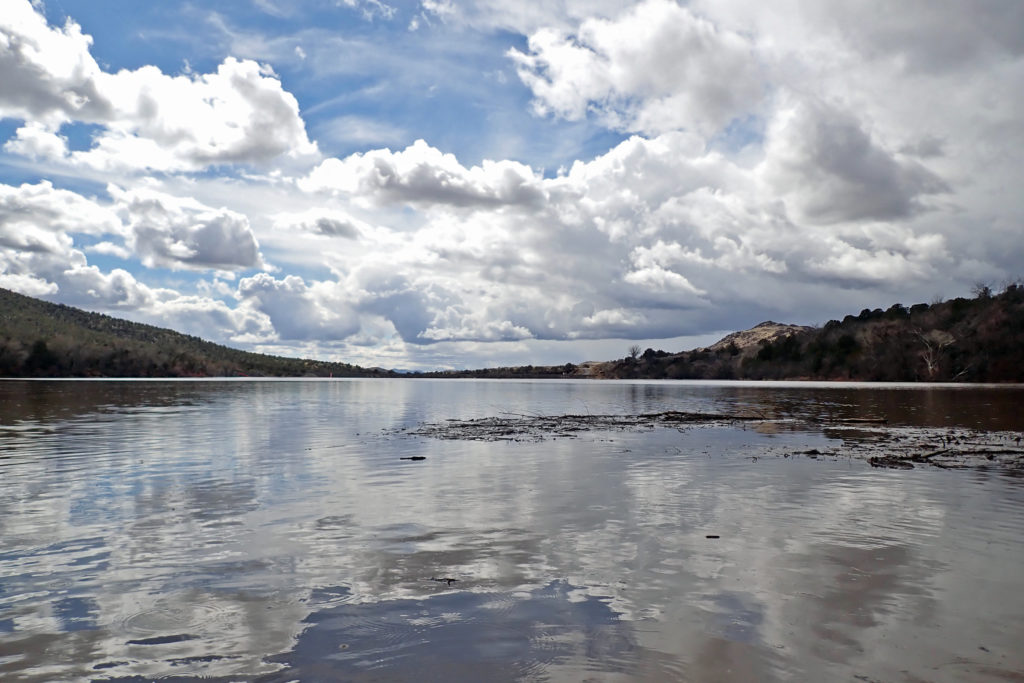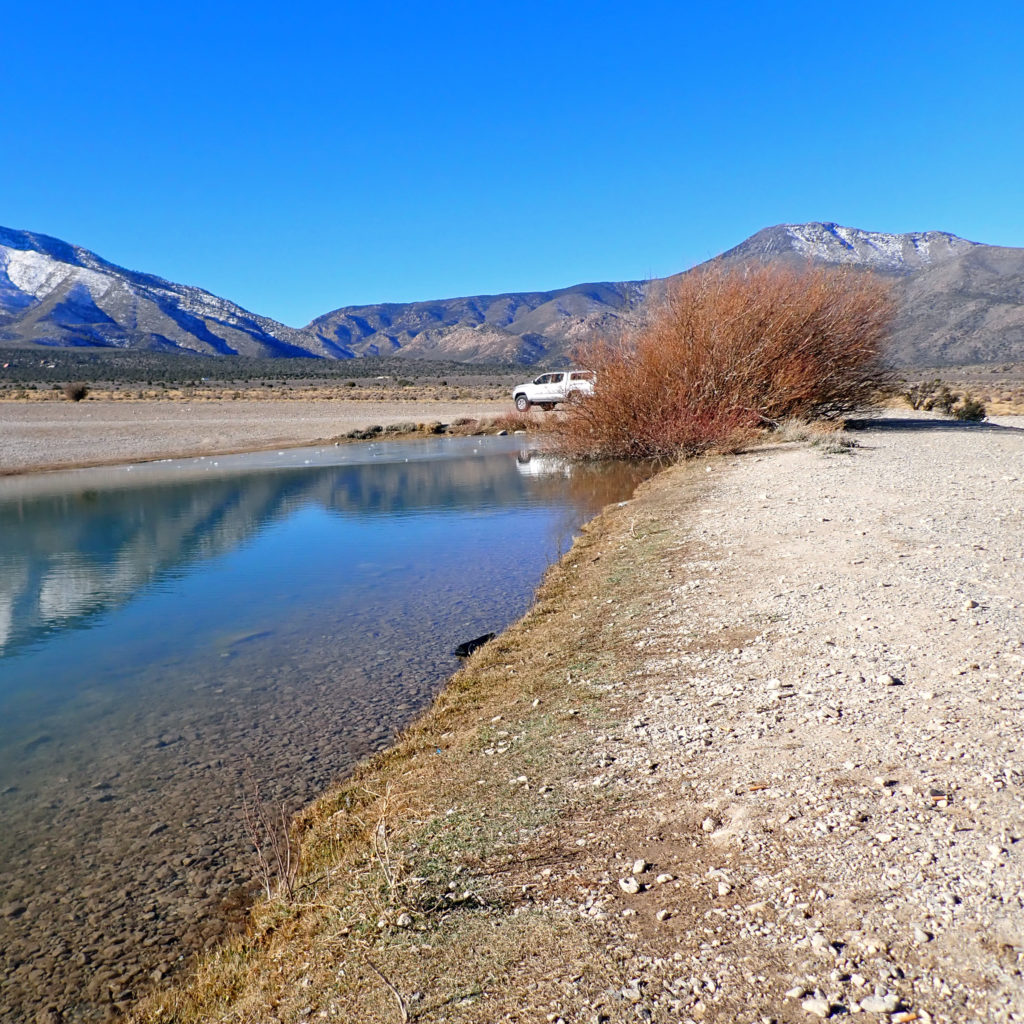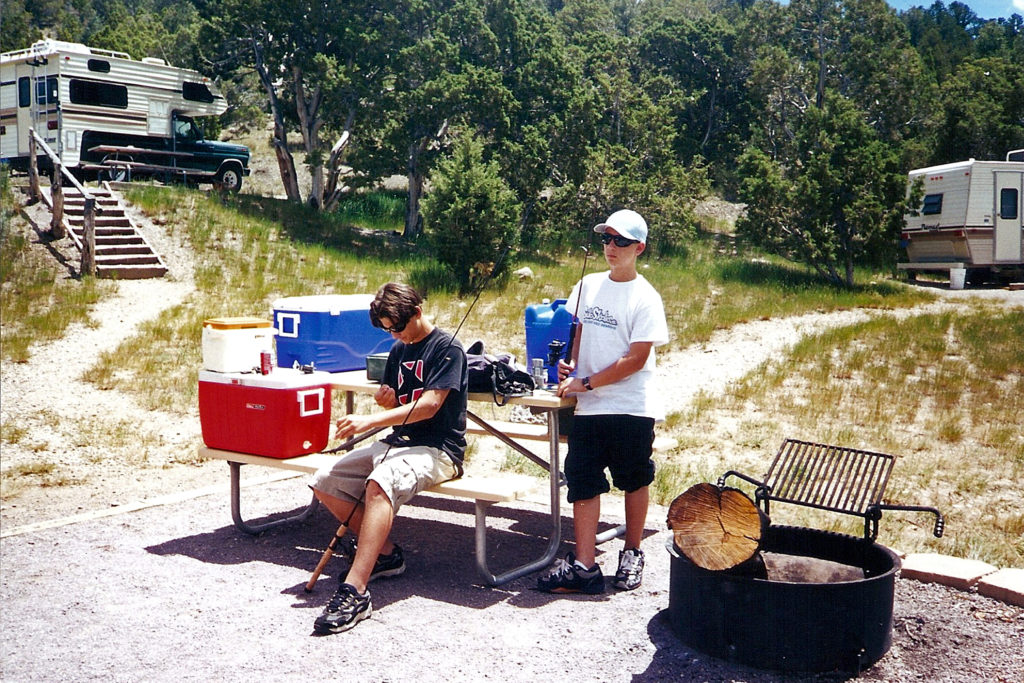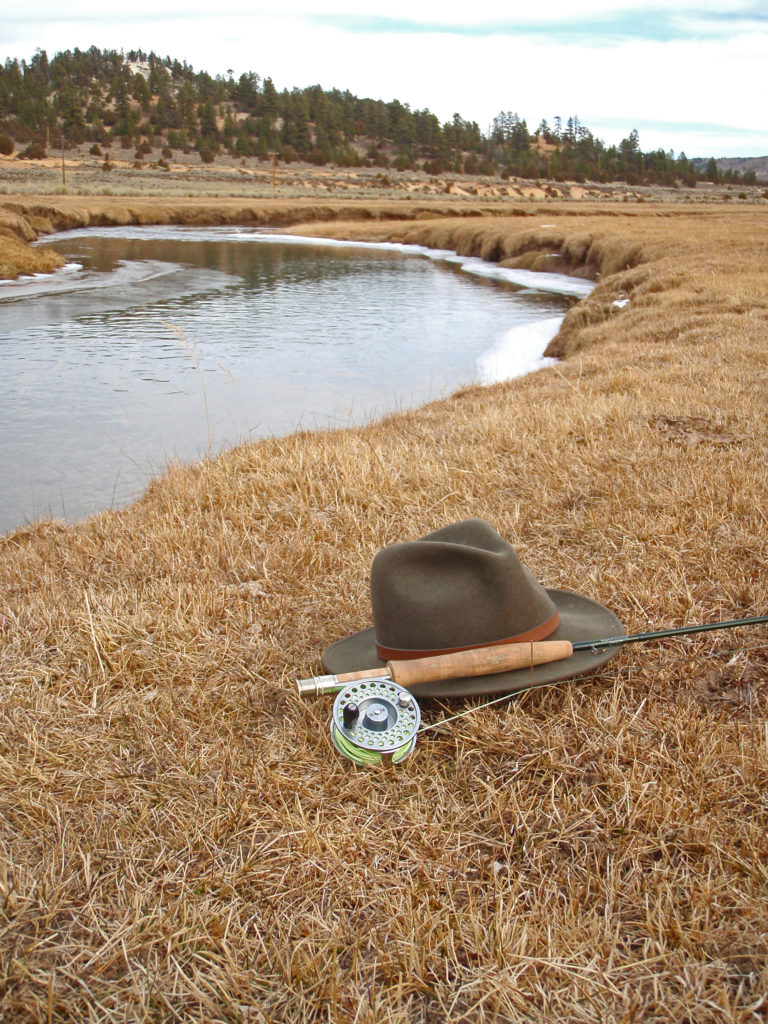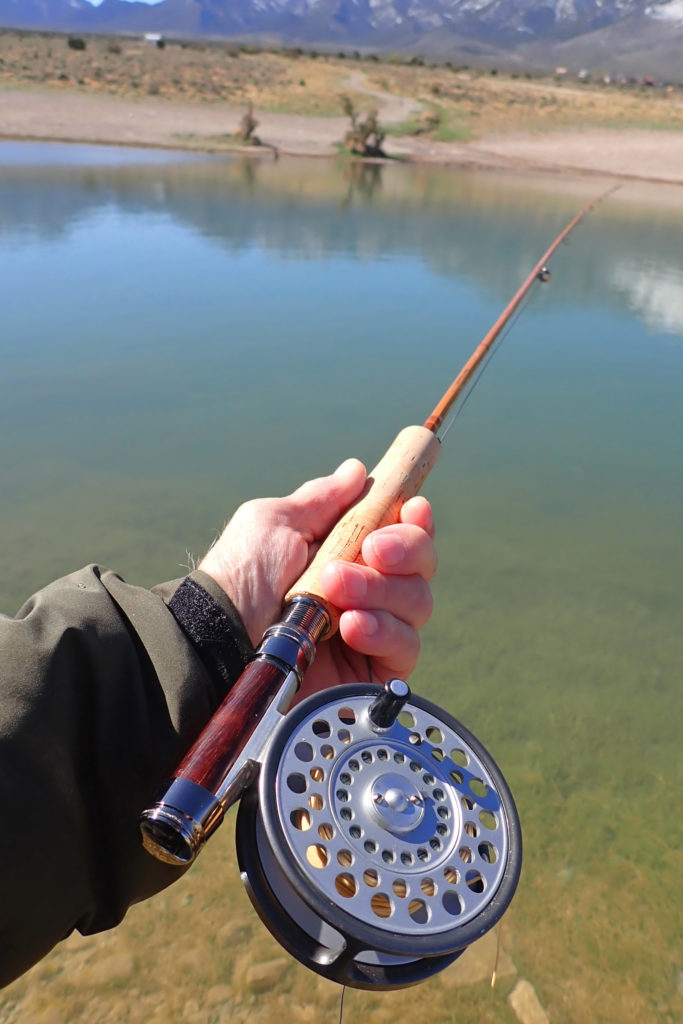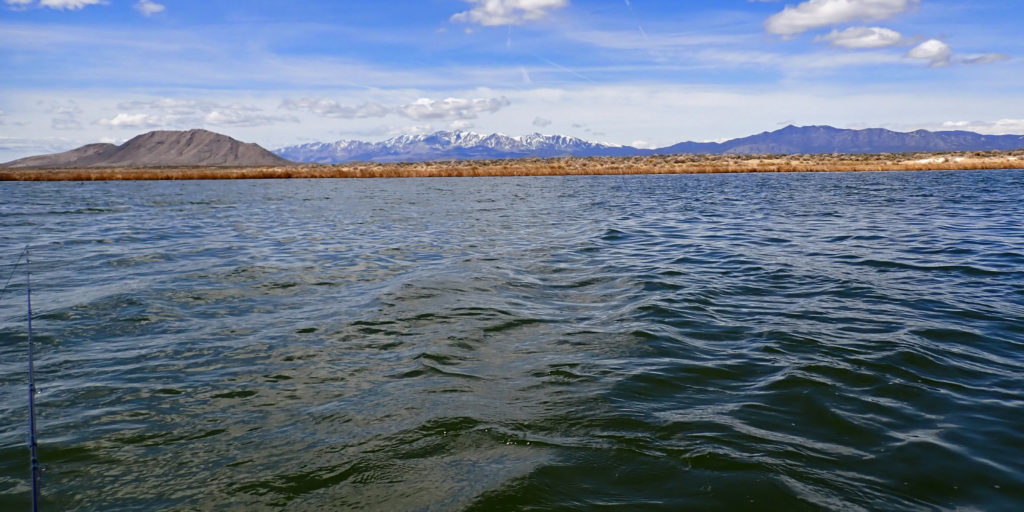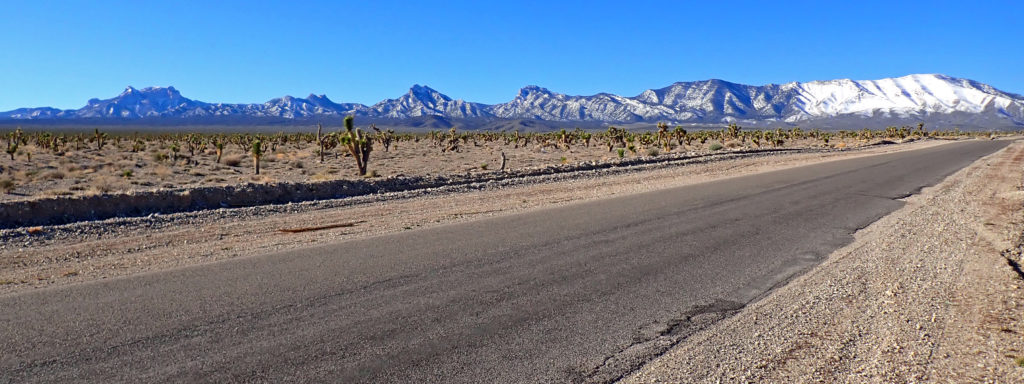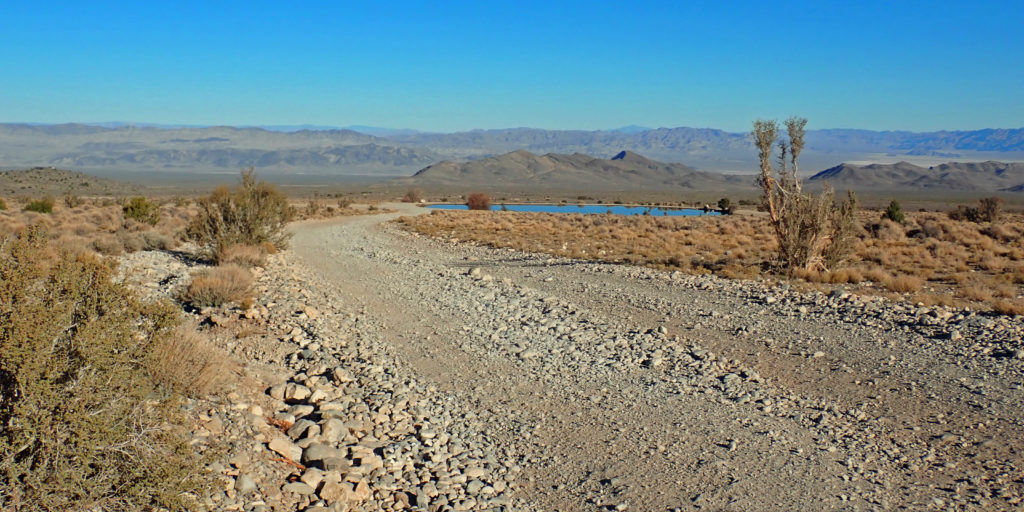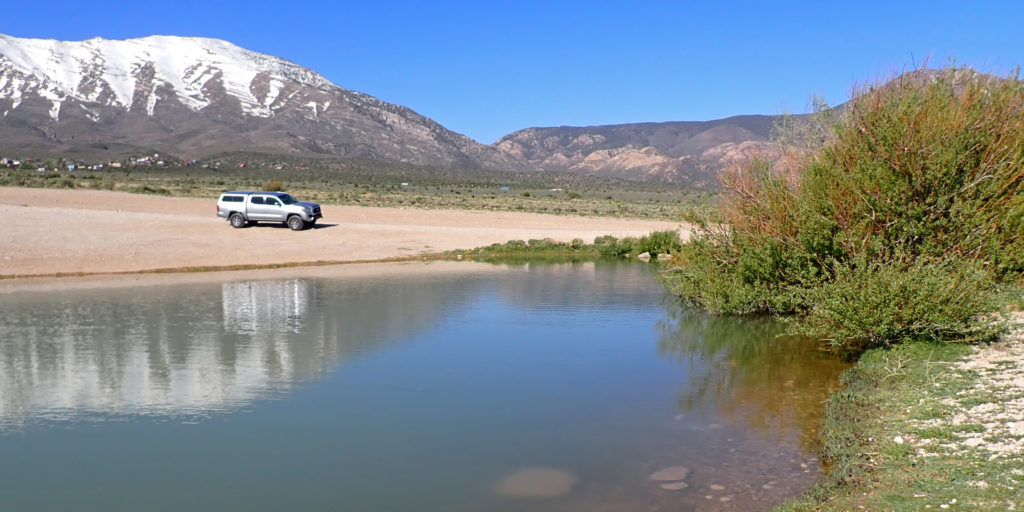
I wish everyone had a hobby or passion they could turn to for its healing powers. Something that allows them to disengage from the thorns and thickets of their earthly life and to catch a glimpse of the joy promised by God. Yes, I recognize that many do not believe in the God of the Bible, but many of those non-Christians acknowledge some spiritual connection to nature, the universe, or humanity in general. Knowing that they turn towards their spiritual beliefs gives me hope. One of my recurring prayers is that many of those who are “spiritual” will someday come to know and understand it was the God of all who placed that sense of spirituality within them. Unfortunately, even Christians like me can grow to idolize our hobbies to the extent that we worship the creation rather than the Creator who designed them for our pleasure. With that idolatry caution out of the way, today I wish to concentrate on the healing and meditative powers of fly fishing, a simple and obscure hobby.
Continue reading “The Purpose of Mending Your Line”